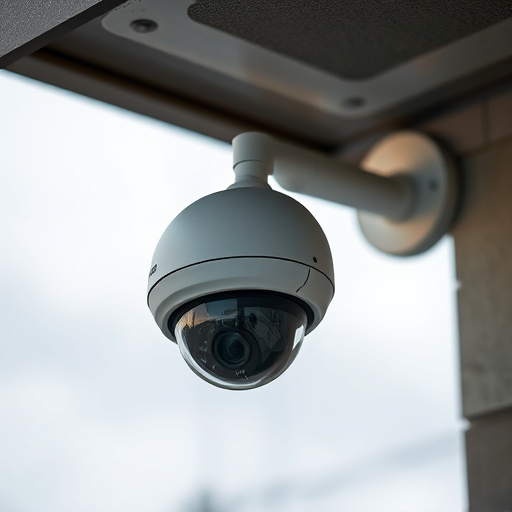Solar Powered Fake Camera Setup is a realistic, sustainable security solution. These decoy cameras mimic real surveillance equipment with moving parts powered by integrated solar panels, deterring thieves and vandals through strategic placement on visible areas like facades and windowsills. Regular location changes enhance their effectiveness.
In today’s digital era, enhancing home security has become paramount. One innovative yet controversial method gaining traction is the deployment of solar-powered fake camera setups. This article delves into the intricacies of understanding and utilizing these devices effectively. We explore the components that make a realistic mimicry, optimal placement strategies for maximum deterrent effect, and crucial legal considerations along with ethical implications surrounding their use.
- Understanding Solar-Powered Fake Camera Setup
- Components of a Realistic and Effective Mimicry
- Placement Strategies for Maximum Deterrent Effect
- Legal Considerations and Ethical Implications of Using Fake Devices
Understanding Solar-Powered Fake Camera Setup
A Solar-Powered Fake Camera Setup is a clever and increasingly popular way to deter potential thieves or vandals from targeting your property. These devices mimic real security cameras, often with moving parts like a rotating lens or pan/tilt functionality, but serve as decoys without any actual surveillance capabilities. The key component that sets them apart is their power source: solar energy.
By harnessing the sun’s rays, these fake cameras can operate silently and sustainably, requiring no connection to a power grid. This makes them particularly versatile for outdoor installations, as they are less likely to draw attention with visible wires or require frequent battery changes. The solar panel collects light during the day and stores it in a rechargeable battery, enabling the camera to continue operating at night, providing a constant deterrent against unwanted visitors.
Components of a Realistic and Effective Mimicry
A realistic and effective fake security monitoring device setup, such as a solar-powered fake camera, should incorporate several key components to mimic genuine surveillance equipment convincingly. Firstly, the design should accurately replicate the appearance of a real camera with attention to detail in terms of shape, size, and mounting. This includes using materials and finishes that closely match those used in authentic security cameras. Additionally, incorporating solar panels allows for a more seamless integration into outdoor environments while providing power independence.
Secondarily, functionality is paramount. The fake camera should include LED indicators to suggest active monitoring, motion detection capabilities, and even remote viewing features if possible. These elements enhance the illusion of constant surveillance, making potential intruders less likely to attempt malicious activities. By combining realistic aesthetics with functional mimicry, a solar-powered fake camera setup can serve as an effective deterrent without breaking the bank or requiring extensive installation efforts.
Placement Strategies for Maximum Deterrent Effect
Placing a solar-powered fake camera setup strategically is key to enhancing security deterrence. Positioning them in plain sight, such as on facades or in windowsills, sends a clear message to potential intruders. This open display of surveillance technology can significantly reduce the likelihood of burglary attempts.
Consider areas with limited but visible coverage, like entry points and blind spots around buildings. Mounting these devices at eye level ensures they capture clear footage while remaining discreet enough not to disrupt aesthetics. Regularly changing their locations can also add an extra layer of unpredictability, making it harder for criminals to adapt and countermeasure.
Legal Considerations and Ethical Implications of Using Fake Devices
Howling, In My Method Bedable Memory, Set & Care Structure Restar Method, A Structure Method, Only Structure Structure This Prior
A solar-powered fake camera setup can serve as an effective deterrent for potential criminals, offering a cost-efficient and eco-friendly alternative to traditional security measures. By mimicking real cameras with realistic components and strategic placement, homeowners and businesses can enhance their security without breaking the bank. However, it’s crucial to navigate legal considerations and ethical implications, ensuring compliance and promoting responsible use of these devices. Understanding the art of mimicry and its impact on crime prevention can revolutionize neighborhood safety in today’s digital era.
